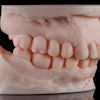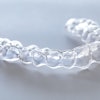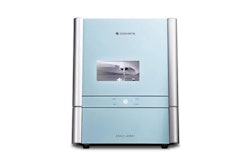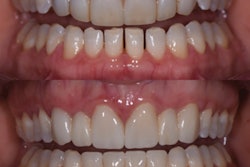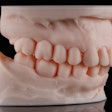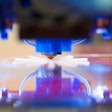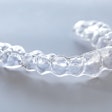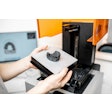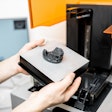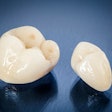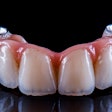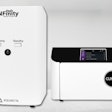3D-printed noninvasive restorations made from a ceramic-reinforced composite resin may experience significant wear over time; therefore, they may only be suitable for short-term use. The study was recently published in the Journal of Prosthetic Dentistry.
Furthermore, these restorations may show considerable material wear after two years, with molar restorations experiencing the greatest amount of wear, the authors wrote.
“Based on these findings, the noninvasive design using ceramic-reinforced composite resin material can only be recommended for short-term interim use in the application studied,” wrote the authors, led by Dr. Magda Doumit of Charité-Universitätsmedizin Berlin in Germany (J Prosthet Dent, April 18, 2025).
This proof-of-concept clinical study evaluated the wear behavior of 3D-printed minimally invasive restorations made from a ceramic-reinforced composite resin after 24 months of clinical use. A total of 28 participants received 352 noninvasive 3D-printed restorations fabricated with CAD-CAM technology.
Maximum occlusal height loss and mean profile loss were measured by a single clinician using an intraoral scanner and matching software. Scans were taken at baseline, 12 months, and 24 months, they wrote.
After 24 months, the mean maximum occlusal height loss for the restorations was 0.76 mm, and the mean profile loss was 0.22 mm. Anterior restorations (n = 158) showed significantly less wear than premolar (n = 98) and molar (n = 96) restorations (p <.05), with molars experiencing the highest wear over time.
 (A) Segmented for each treated tooth; (B) 24-month follow-up scan; (C) Analysis of material wear: Blue areas show a volume loss greater than 0.1 mm, e.g., lingual fracture of second premolar, left lower jaw. Green areas show a less than 0.1 mm volume loss.
(A) Segmented for each treated tooth; (B) 24-month follow-up scan; (C) Analysis of material wear: Blue areas show a volume loss greater than 0.1 mm, e.g., lingual fracture of second premolar, left lower jaw. Green areas show a less than 0.1 mm volume loss.
Images and captions courtesy of Doumit et al. Licensed under CC-BY-NC.
After 12 months, 24% of restorations were classified as fractured (material wear >0.5 mm), increasing to 35% after 24 months. Survival rates after 12 months were 89% for anterior, 71% for premolar, and 59% for molar restorations, dropping further after 24 months to 79%, 62%, and 45%, respectively, they wrote.
Although anterior restorations showed the least wear, the mean profile loss across all groups exceeded 0.1 mm by 24 months (p <.05). Therefore, 3D-printed noninvasive restorations may be best recommended for interim use for up to six months, as survival rates declined notably after 12 months.
However, the study had limitations. This study was limited to a single 3D printer and resin-ceramic material at one medical center, the authors added.
“Because of material wear and other complications, treatment periods should not exceed 6 to 12 months,” they concluded.


